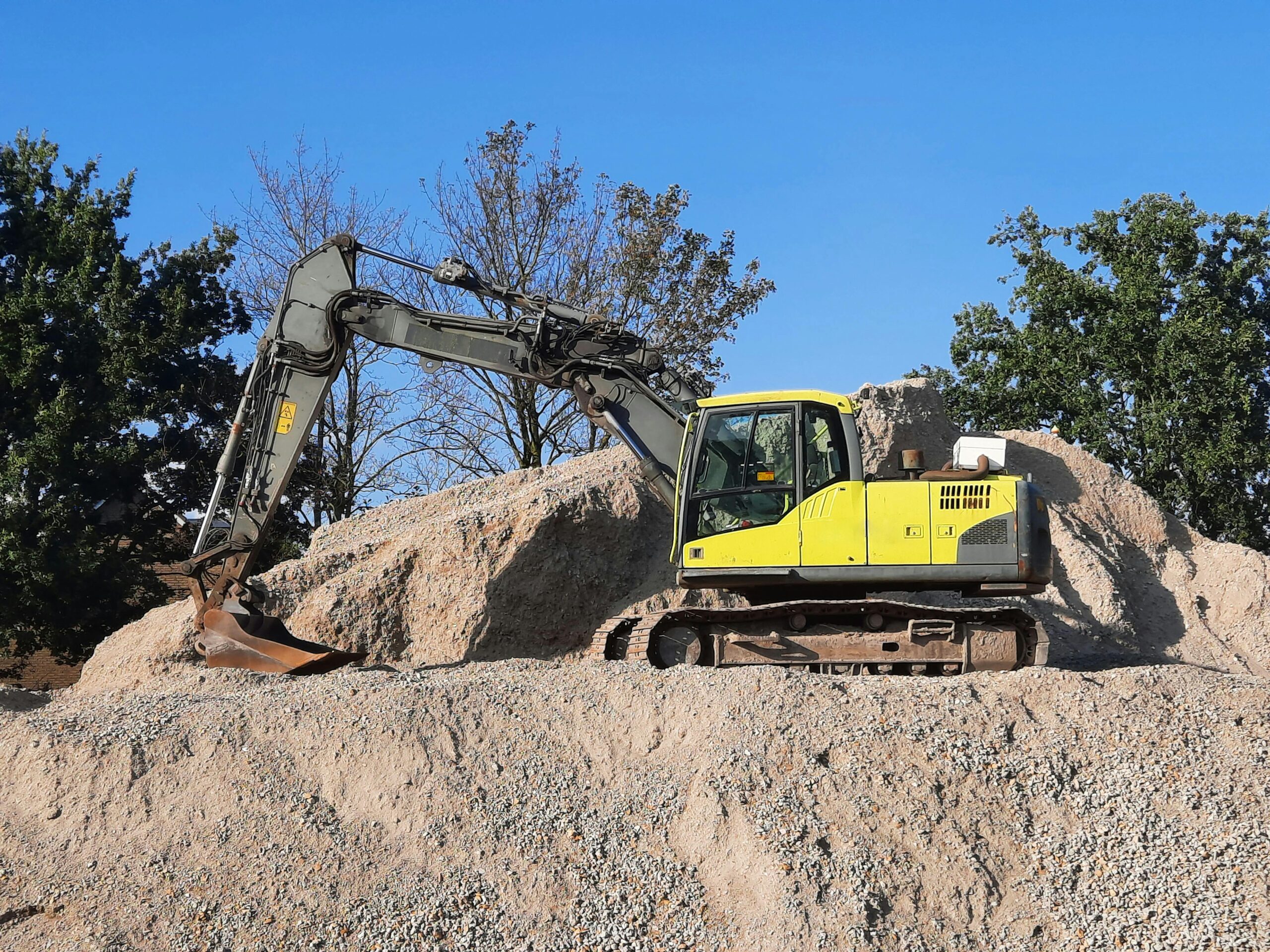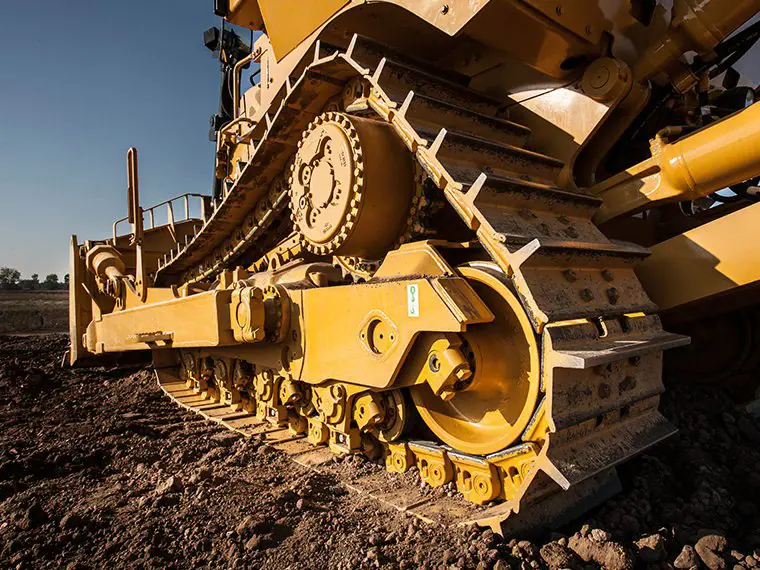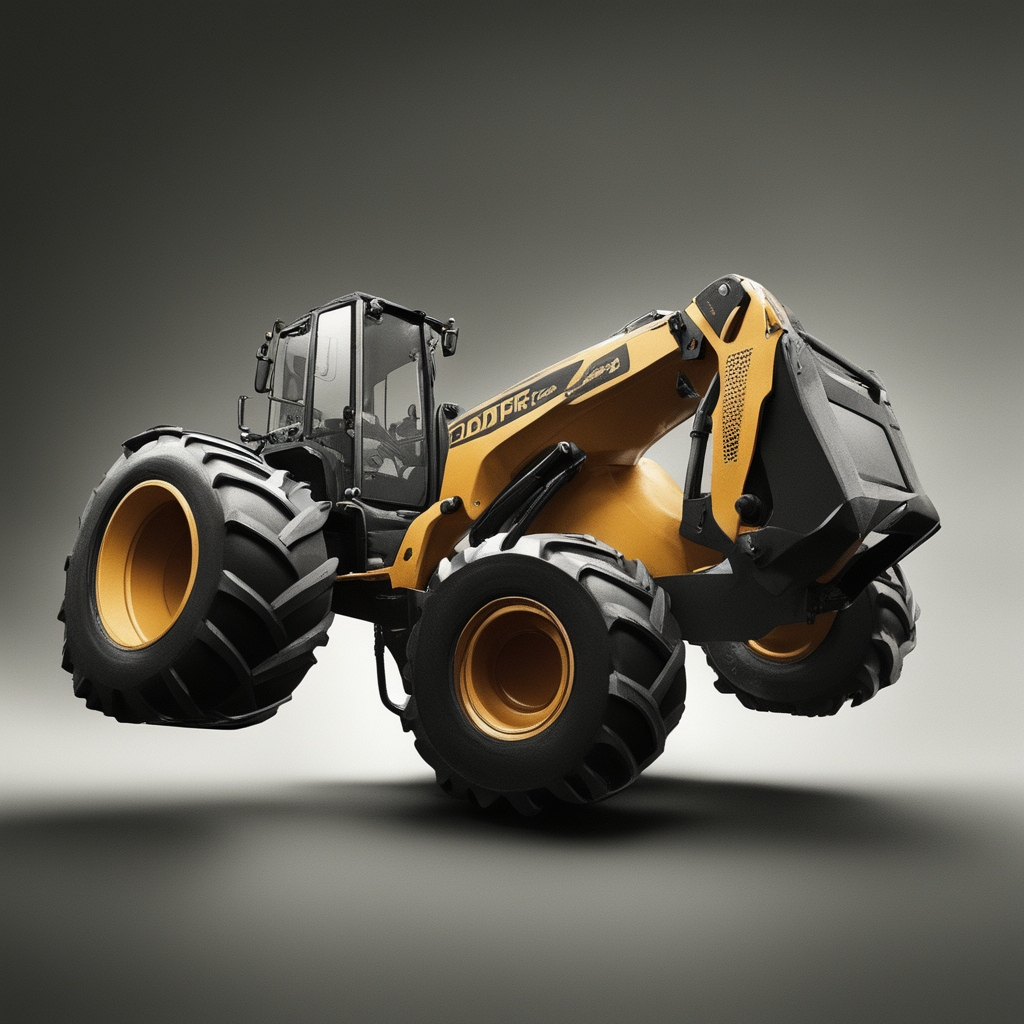Hydraulic pumps are very helpful for many technical and building jobs since they are strong and quick. But it might be hard for new users to figure out how to use these tools and how they work. The goal of this lesson is to help people who are new to hydraulic pumps learn by giving them a quick, simple picture of how they work.
What Is Hydraulic:
Hydraulics is a very interesting field because it studies how fluids, like water, change the way things move. Fluids work in different kinds of tools and how they react to pressure. This is what hydraulics is all about in real life.
Understanding Hydraulic Pumps:
To understand how hydraulic pumps work, it’s first important to know how hydraulic pumps work in general. Mechanical energy is turned into hydraulic energy by a hydraulic pump. This energy moves liquid through different hydraulic systems. Pascal’s Law says that stress is spread out fairly in all directions when a fluid is squished. This is how these pumps do their job.
Hydraulic system:
It’s a simple idea, but it’s very important in hydraulic systems. When you put force on a stream inside a container, Pascal’s Law says that the force is equal to the pressure in all directions. Force and power can be sent over long distances and through difficult ways because of this.
Hydraulic systems use pumps to change the energy from moving parts into hydraulic energy. That makes a flow of fluid that drives valves, pumps, and other parts. Building, manufacturing, transportation, and airplanes are just some of the fields that use these tools to do a wide range of jobs. Sometimes, you have to use a lot of force to move big things or be very exact and careful when you move.
How To Use Hydraulic Pumps:
Inspect And Prepare:
Before you utilize the hydraulic pump, ensure that it and its parts are all looking great. Investigate what to check whether broken or worn in any way could make it less protected or accommodating. Other than that, it’s vital to really look at that every one of the connections are tight and that the hydraulic fluid is in the right amounts. it’s very important to realize some vital wellbeing rules. Like, wearing the right PPE, similar to masks and gloves is vital.
Position And Install:
It is critical to place the hydraulic pump perfectly located so it functions admirably and is simple for the client to utilize. Pick a decent spot that has sufficient space for both work and maintenance. Ensure that the two ports on the pump are arranged appropriately and that the pressure driven lines are safely associated. While placing in the right valves, channels, and tension measures, it is vital to follow the manufacturer’s directions. cautiously.
Prime the System:
Get rid of any air bubbles in the hydraulic system before you start the job. This will make it work better. In this step, you may need to add hydraulic fluid to the pump tank or set self-priming pumps to get rid of air on their own so the pump can start. The hydraulic system needs to be cleared of any air that is stuck in it. It will work better and not cavitate if you do this.
Initiate Operation:
You can start the process as soon as you are sure the system is ready and has enough airflow. Pay close attention to the directions to get the engine or pump motor going. Keep an eye on the system’s pressure and flow rate with the gauges or tools that are on board. To get the result you want, make the changes that are needed. But don’t change the pressure too quickly or too much, as this could hurt the system.
Operate with Caution:
Pay close attention to stay safe and not hurt yourself when you use a hydraulic pump. To make sure everything works right, you should only do what the pump tells you to do and not more.As you watch, pay close attention to any odd sounds or moves. They could mean that something important needs your immediate attention. When you use hydraulic tools, safety should always come first.
Maintenance And Care:
To make sure they work right and last as long as possible, hydraulic pumps need to be fixed often. Make a detailed repair plan with many jobs, such as checking and replacing fluids, cleaning or replacing filters, and looking for damage or leaks in seals and fittings along with other things. You can fix any problems and make sure the best speed and safety by using troubleshooting methods.
Conclusion:
In many areas, it’s important to learn how to use hydraulic pumps properly to stay safe and get better results. It is very important for people who use CT Parts to fully understand how hydraulics work and run their tools the right way. People who use hydraulic systems should be very careful when they check, install, and take care of them so that they work well and last a long time. CT Parts can keep their promise to offer effective and dependable solutions as long as they show loyalty and care. They make good use of the promise of hydraulics to make their work efficient.




